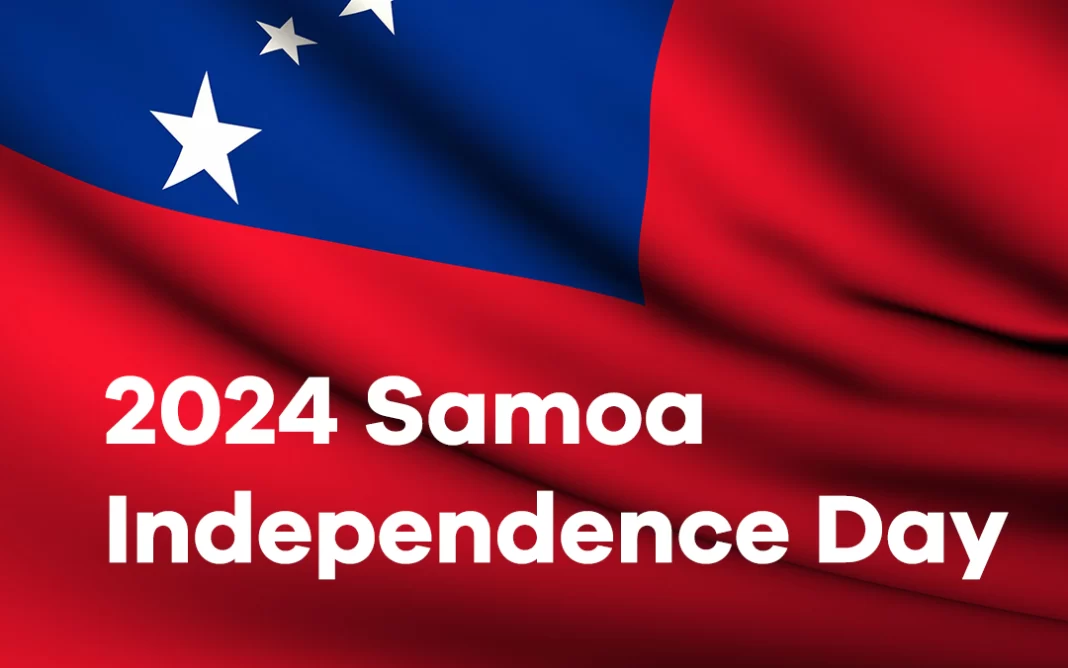Samoa’s journey to independence began with its colonial era under German control, followed by New Zealand administration post-World War I. The Mau movement, which emerged in the early 20th century, was pivotal, advocating for Samoan autonomy through non-violent resistance. Tensions escalated with the tragic events of Black Saturday in 1929, where peaceful protestors were met with lethal force from New Zealand police. This event galvanised international support for Samoa, leading to eventual self-governance in 1962.
Samoa’s Independence was officially recognised on 1 January 1962, making it the first Pacific island nation to achieve sovereignty in the 20th century. The first Prime Minister was Fiame Mata’afa Faumuina Mulinu’u II, and the first Head of State was Malietoa Tanumafili II, who co-ruled with Tupua Tamasese Mea’ole until Mea’ole’s death in 1963.
Traditional Week-Long Celebrations
Historically, Samoa’s Independence Day celebrations were week-long events filled with vibrant cultural activities. Starting from 1st of June, the festivities included prayers and thanksgiving services, followed by ceremonies, parades, and cultural performances. The streets would be bustling with vendors selling lopā, kolo (sugar canes), and molis (Samoan oranges), creating a lively atmosphere that reflected the nation’s joy and pride.
The celebrations featured traditional competitions such as fautasi (longboat) races and kilikiti (Samoan cricket), along with brass band competitions and primary school march competitions, which started way back in 1962. These various activities, enjoyed by Samoans of all ages, made the celebrations a memorable time for all.
The evenings often concluded with Samoan social gatherings, making the Independence Day celebrations a highly anticipated annual event.
Changes in Celebration Format
At one point during the ruling HRPP party’s time in power, changes were made to the format of Samoa’s Independence Day celebrations. Initially spanning an entire week, the festivities were condensed into a single day.
The 2024 Independence Day Celebrations
For 2024, the formal celebrations will continue on Monday at Malae o Tiafau in Mulinu’u. This year’s program reflects a conscious decision by the Cabinet to scale down the annual activities, reserving grand celebrations for milestone years. The scaled-back observances will include essential elements such as the Thanksgiving service, a government-led ceremony, the traditional flag hoisting, and an Independence Day parade.
Looking ahead, the government plans to hold grand celebrations every five years, meaning the next grand celebration will be for the 65th Independence anniversary. This milestone celebration will feature a revival of traditional festivities, including vibrant cultural performances, the usual exhilarating fautasi regatta, and various other events Samoa enjoys each year during independence celebrations.
These changes aim to decentralise celebrations, concentrating Samoan performance celebrations at district and village levels instead of exclusively at the national level.





